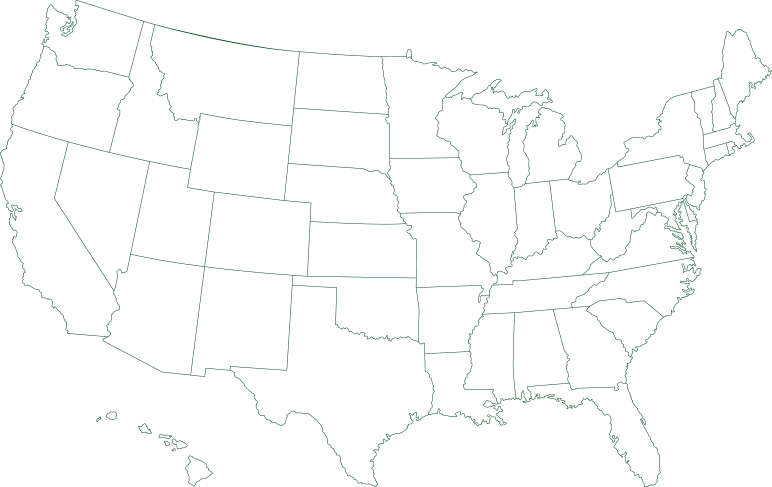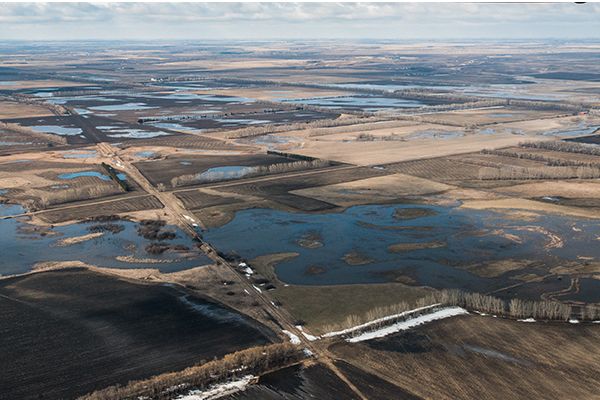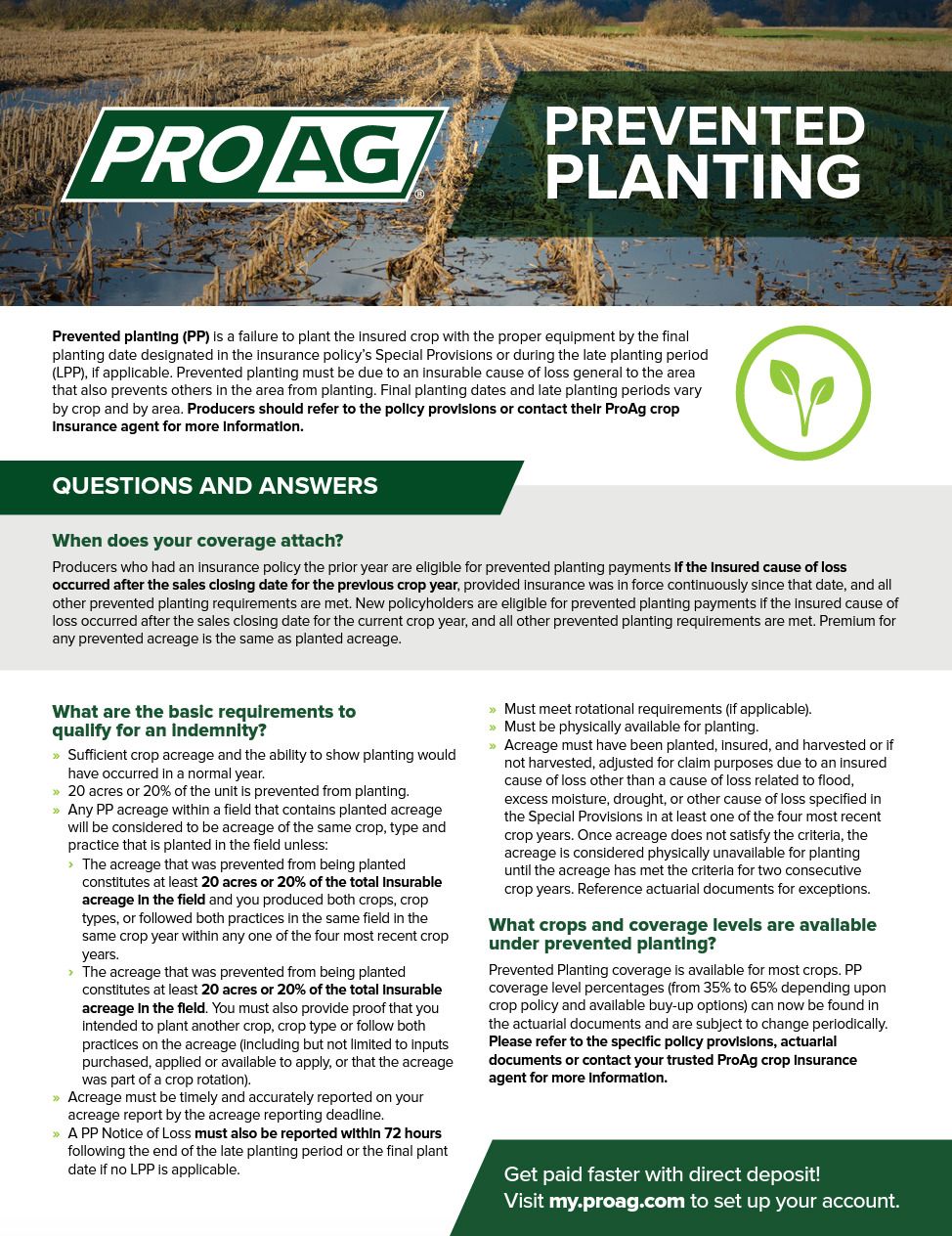Prevented planting (PP) is a failure to plant the insured crop with the proper equipment by the final planting date designated in the insurance policy’s Special Provisions or during the late planting period (LPP), if applicable. Prevent planting must be due to an insurable cause of loss general to the area that also prevents others in the area from planting. Final planting dates and late planting periods vary by crop and by area. Producers should refer to the policy provisions or contact their ProAg crop insurance agent for more information.
What are the basic requirements to qualify for a prevented planting indemnity?
- Sufficient crop acreage and the ability to show planting would have occurred in a normal year.
- 20 acres or 20% of the unit is prevented from planting.
- Any PP acreage within a field that contains planted acreage will be considered to be acreage of the same crop, type and practice that is planted in the field unless:
- The acreage that was prevented from being planted constitutes at least 20 acres or 20% of the total insurable acreage in the field and you produced both crops, crop types, or followed both practices in the same field in the same crop year within any one of the four most recent crop years.
- The acreage that was prevented from being planted constitutes at least 20 acres or 20% of the total insurable acreage in the field. You must also provide proof that you intended to plant another crop, crop type or follow both practices on the acreage (including but not limited to inputs purchased, applied or available to apply, or that the acreage was part of a crop rotation).
- Acreage must be timely and accurately reported on your acreage report by the acreage reporting deadline.
- A PP Notice of Loss must also be reported within 72 hours following the end of the late planting period or the final plant date if no LPP is applicable.
- Must meet rotational requirements (if applicable).
- Must be physically available for planting.
- Acreage must have been planted, insured, and harvested or if not harvested, adjusted for claim purposes due to an insured cause of loss other than a cause of loss related to flood, excess moisture, drought, or other cause of loss specified in the Special Provisions in at least one of the four most recent crop years. Once acreage does not satisfy the criteria, the acreage is considered physically unavailable for planting until the acreage has met the criteria for two consecutive crop years.
Have there been any changes to the Prevented Planting rules and regulations for 2023?
At this time, there have been no issued changes to the prevent planting rules in effect for 2023. While Agriculture Secretary Tom Vilsack has stated in different media interviews that the administration is looking into options to ease prevented planting rules, at this time, no changes have been made. Any changes in rules and regulations for the 2024 crop year will be posted on this page.
Update: The USDA’s Risk Management Agency is looking at possible changes to prevented planting crop insurance coverage for a future reinsurance year and it wants to hear what producers think and have to say about it. So, it is hosting in-person listening sessions in 11 states and additional ones virtually from June through August and looking for written feedback by September 1, 2023. For links to the Federal Register and dates of the listening sessions, please click here.
Producers who had an insurance policy the prior year are eligible for prevented planting payments if the insured cause of loss occurred after the sales closing date for the previous crop year, provided insurance was in force continuously since that date, and all other prevented planting requirements are met. New policyholders are eligible for prevented planting payments if the insured cause of loss occurred after the sales closing date for the current crop year, and all other prevented planting requirements are met. Premium for any prevented acreage is the same as planted acreage.
You may hay, graze, or cut the cover crop for silage, haylage, or baleage and your prevented planting payment will not be affected. Corn planted on acreage following a prevented planting claim will be considered planted for harvest.
We encourage you to work with your agent in providing documentation. Approved Insurance Providers have access to data that can assist with verifying insurance history. There are other methods such as satellite imagery that may be beneficial when proving if a crop was planted and harvested.
The change allows you to claim prevented planting corn on the unplanted portion of a field even though part of the field is planted to soybeans. To qualify, the unplanted portion of the field must be at least 20 acres or 20 percent of the total acres in the field. You must provide proof of intent to plant the prevented planting acres to the crop claimed as prevented planting (corn) and not to the crop that was physically planted (soybeans) on a portion of the acreage. In this scenario, you may be eligible for prevented planting corn on the unplanted acres if you can provide adequate documentation that you had intended to plant the entire acreage in the field to corn (seed receipts, fertilizer inputs, etc.).
For non-irrigated acreage to qualify for PP due to drought, you must prove, and your insurance company must verify, that there is insufficient soil moisture for germination or progress to maturity. You must submit verifiable documentation acceptable to the insurance company of a prolonged period of dry weather general in the area. The insurance company will verify that there is insufficient soil moisture on the Final Planting Date (FPD).
PP is available for irrigated acreage when there is a reasonable expectation of having adequate water at the time coverage begins and there was an insurable cause of loss during the PP insurance period. You may qualify if:
- You are unable to prepare land for irrigation using an established method;
- Irrigation equipment or facilities breakdown or are destroyed due to an insurable cause of loss; or
- There is a failure of the irrigation water supply.
This term means if you had no reason to know or suspect at the time coverage began that the amount of irrigation water for the upcoming crop year may be limited or reduced. No reasonable expectation exists if you knew, or had reason to know, the amount of irrigation water may be reduced before coverage begins for the crop year.
Are there RMA resources available?
National Fact Sheet and Frequently Asked Questions
- First and Second Crop Rules (Jul 2021)
- Prevented Planting Insurance Provisions Drought (Jul 2021)
- Prevented Planting Insurance Provisions Flood (Jul 2021)
- FAQ – Prevented Planting Coverage (Nov 2021)
- FAQ – Prevented Planting Program Changes (Nov 2020)
Pro Ag Management, Inc.* (collectively with its corporate affiliates, “ProAg®”) is a managing general agency representing several risk bearing insurance companies, including Producers Agriculture Insurance Company and U.S. Specialty Insurance Company and doing business as Pro Ag Insurance Services, Inc. in California, CA Entity License #0F34212. The insurance products described on this website may not be a complete list of all products offered and may not be offered in all states. The provided information does not amend, or otherwise affect, the terms and conditions of any insurance policy issued by ProAg or any of its subsidiaries; always refer to the policy provisions. Actual coverages will vary based on the terms and conditions of the policy issued.



